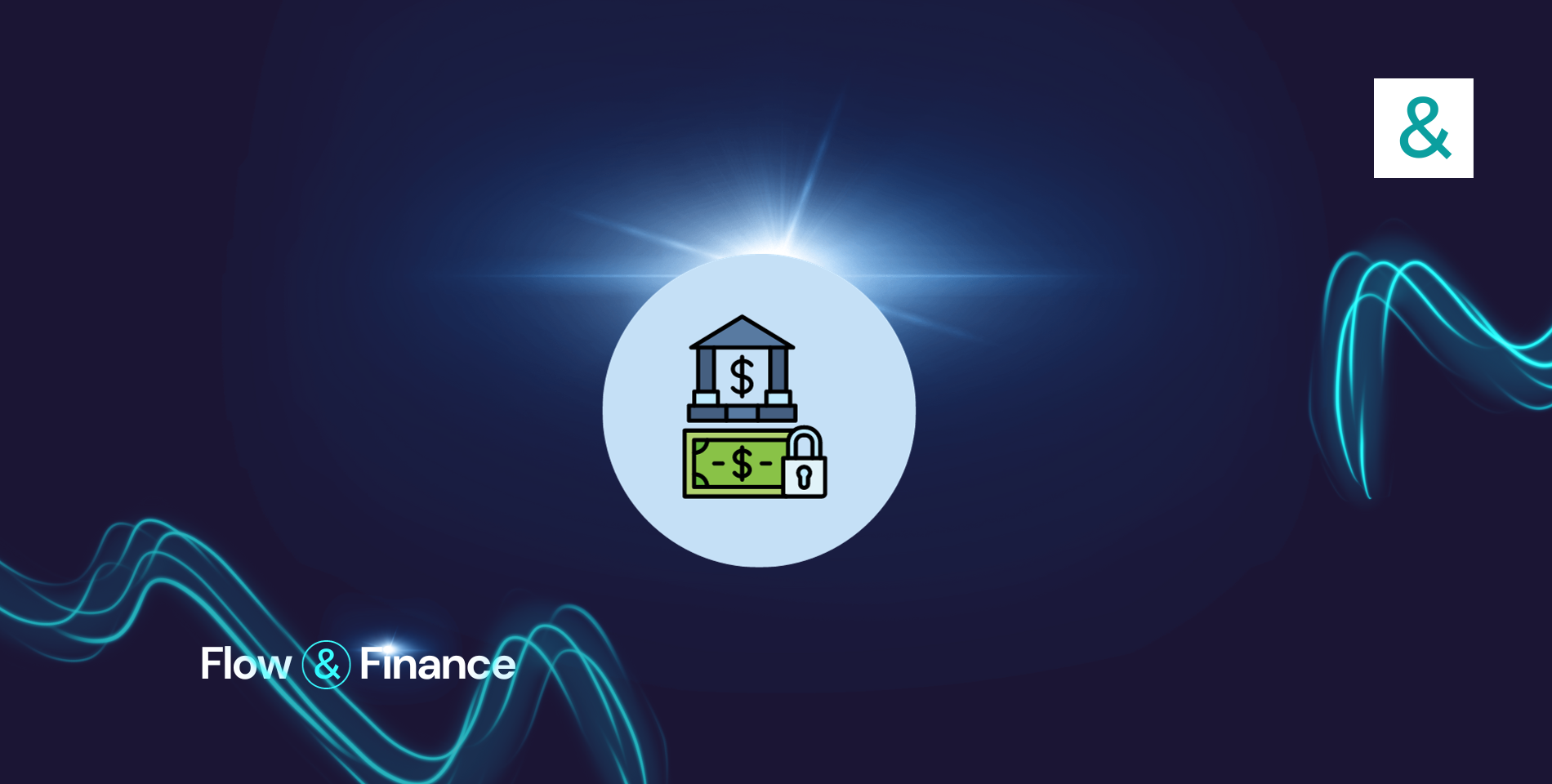Ever heard the phrase, “You need to spend money to make money”? Well, in the world of finance, sometimes you need to have money to borrow more. That’s where secured loans come into play. Secured loans are a savvy financial tool for those who have some savings but need a bit more financial muscle for their plans.
Let’s dive into the nitty-gritty of getting a secured loans.
What Is a Secured Loan?
In simple terms, a secured loan is where you use something of value you own as a promise to your lender that you’ll pay back the borrowed money. Think of it like a trusty friend holding onto your favorite video game until you pay back that 20 bucks you borrowed. In this case, your savings or other assets are the video game.
Why Opt for a Secured Loan?
- Builds Credit: It’s a great way to build or repair your credit score, as it shows you can handle debt responsibly.
- Lower Interest Rates: Since the lender has your asset as security, they often offer lower interest rates than unsecured loans.
- Bigger Loan Amounts: You might get access to more money than with unsecured loans, depending on the value of your collateral.
What Can I Use as Collateral?
You can use various assets as collateral, such as:
- Savings accounts
- Certificates of Deposit (CDs)
- Vehicles (cars, trucks, etc.)
- Real estate
- Stocks or bonds
How Do I Get a Secured Loan?
- Assess Your Assets: What do you own that can be used as collateral?
- Shop Around for Lenders: Different lenders offer different terms.
- Compare Interest Rates and Fees: Look for the best deal.
- Check Your Credit Score: Even though it’s a secured loan, lenders still check your credit.
- Apply: Submit your application with all the necessary documentation.
Can I Get a Secured Loan with Bad Credit?
Yes, you can! It’s one of the perks. Your asset lowers the risk for the lender, making them more comfortable lending to those with less-than-stellar credit.
What Happens If I Can’t Repay the Loan?
This part is crucial. If you can’t repay the loan, the lender can take your collateral. So, it’s important to borrow responsibly and ensure you can meet the repayment terms.
Is a Secured Loan Right for Me?
Consider your financial situation and your ability to repay the loan. If you have a valuable asset and are looking for lower interest rates or need to build credit, a secured loan could be a good fit.
How Long Does It Take to Get a Secured Loan?
It varies. Some lenders might approve your loan within a few days, while others might take a couple of weeks, especially if the collateral is something like real estate.
What Should I Look Out For in a Secured Loan Agreement?
- Interest Rates: Fixed or variable? Make sure you know what you’re signing up for.
- Repayment Terms: How long do you have to repay the loan? What are the monthly payments?
- Fees: Are there any processing fees, late fees, or prepayment penalties?
- Risks: Understand the consequences if you fail to repay the loan.
Where Can I Get a Secured Loan?
Here are 10 places to consider for a secured loan:
- Wells Fargo
- Bank of America
- Chase Bank
- U.S. Bank
- PNC Bank
- Credit Union Locator (for local credit unions)
- LendingTree
- Discover Personal Loans
- TD Bank
- SoFi
Conclusion
Secured loans can be a smart financial move if used wisely. They offer the opportunity to access larger sums of money, potentially at lower interest rates, while also helping you build your credit. Just remember, the key is to borrow within your means and understand the terms of your loan agreement fully. With the right approach, a secured loan can be a powerful tool in your financial arsenal.
Read What is a Cash Loan and How to Get One: A Simple Guide for Beginners


